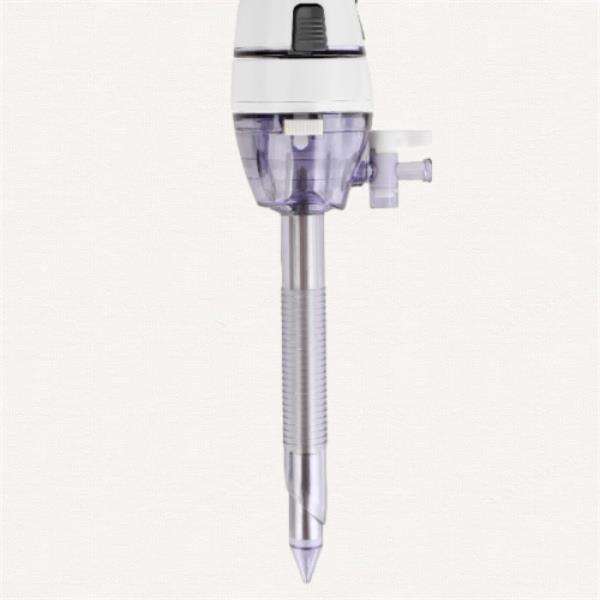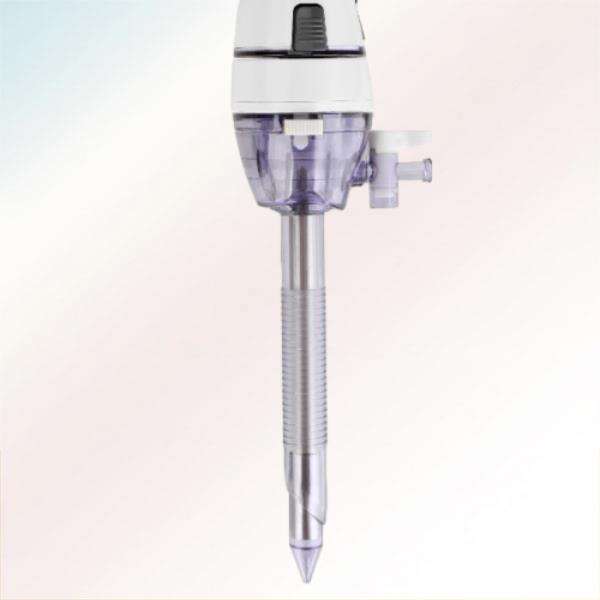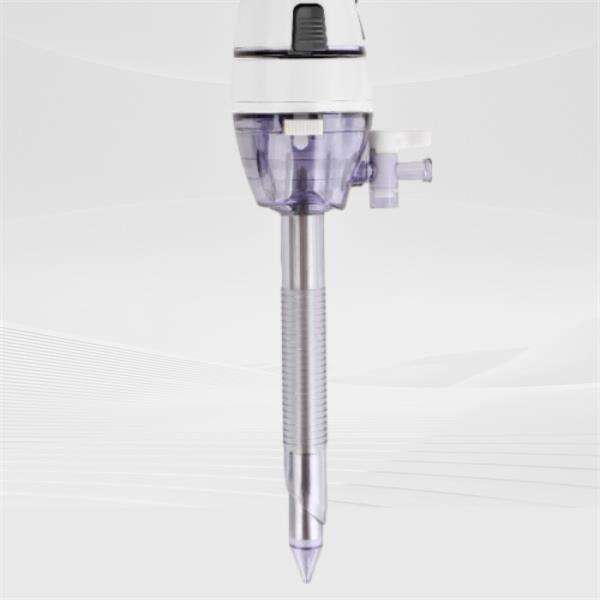Cancer pulmonum est afflicto valde gravi, qui multas vitas per orbem terrarum abstulit. Diuturne, inter causas primarias mortis ex cancro numeratur, et praecox deprehensio est essentialis ad meliores eventus in negotio curae et suppuratio. Antea, erat processus invasivus ubi medici habebant paucas instrumenta, quae poterant esse incommode patientibus dum conarentur invenire cancerem pulmonum. Multae methodi traditionales associabantur cum procedure complicatis quae poterant habere complicationes. Sed nunc, bona nova sunt! Hoc articulus referit de novo procedemento pro tutiori et faciliore diagnosi canceris pulmonum utendo laqueus non electricus (EBUS-TBNA).
EBUS-TBNA magnificum est, quod medicos ad loca pulmonum, quae alioqui non possunt explorari, accedere facit. Hoc instrumentum duobus modis operatur, per endoscopiam et ultrasontum. Endoscopium: Examen, quod tubum longum et flexibile, qui camacam habet, uti potest, per os aut nasum introducitur, ut vias aeras et pulmones accurate videat. Hoc genus technologiae medicis accessum ad partes corporis, quae difficiles sunt aditus, praebet. Ultrasontus vero imagines interioris corporis soni undarum usu generat. EBUS-TBNA has duas methodos in totum novum stadium evectas combinando eas in modum pereximem problemata in pulmone reperire, quae alioqui insidere possent, efficacissime efficit.
Transbronchialis acus aspirationis est alia praxis EBUS-TBNA. Hoc modum medicos facit posse perfringere per biopsiam tollendo parvula fragmenta tissuis a pulmonibus. Per totam operationem, cellulae a lesionibus vel areis anormalibus in tuis pulmonibus colliguntur per minutam acum quae traducitur per endoscopium. Hoc est magna nuntia, quoniam dabit medicis instrumenta recta ad diagnosticandum et praescribendum treatmentum proprium pro suis patientibus. Procedura EBUS-TBNA etiam celeriter fit et potest fieri in statu ambulatorii, vitando hospitale retentionem pro patiente, solacium ad plures.

Maior praesidium EBUS-TBNA est integratio duorum vitalium procedurum in unam operationem. Antea, medici saepe totidem quam tres proceduras facere debebant ut locos, de quibus anxii erant, viderent et deinde exempla ex iis examinerent. Similiter, hoc potest esse lassum et valde incommodum pro patiente. EBUS-TBNA est optima via haec faciendi, cum eam complectatur ultrasonicus istos locos pulmonum revelans et simul exemplum capiens. Hoc tempus servat tam pro ministerio medicinale quam pro singulis patientibus curandis et celerem finem (et aliquam solacii) aegritudini vel incommodo associato multis curis afferre permittit.

In diagnosis of cancer, EBUS-TBNA est certe magnum progressum. Hoc est facilis et directa methodus quam medici adhibere possunt ut pulmonarem cancrum praecox deprehendant. Praetermissum est hoc cum nova technologia et crescentibus indagibus melius fieri debere, beneficia praebens patientibus a cancro pulmonari affectis. Magnae progressiones in hoc modo factae sunt quae eum instrumentum promissivum faciunt ad deprehensionem et therapeiam cancri.

Scimus ex investigationibus nostris apud GRIT, quod reperiendo et curando cancrum pulmonarem in primis suis initiis tam importans sit. Propterea utimur optimis instrumentis et artibus quae nobis subiectae sunt ad iuvandas personas aegrotas. Cum peritis medicis in diagnostico et curando cancrum pulmonarem; illi meliorem viam praestare possunt ad perficiendum experimentum EBUS-TBNA. Summe serio meum munus accipio, dedicatus sum curandis et fovendis personis aegrotis optime quo possumus et ad iuvandos eos vivere vitam optimam.
Nucleus eiusdem corporis constat ex peritis, qui habent copiosam experientiam et facultatem cogitandi extra communem orbe. Habent etiam iura ad suam proprietatem intellectualem.
Utiendo systemate ultrasoni endobronchialis transbronchialis ac aiguillae aspirationis, efficienter administramus productionem, velocius enuntiamus progressum et facimus novas productiones cito in mercatum introduci.
Praebimus amplitudinem productorum ultrasoni endobronchialis transbronchialis ac aiguillae aspirationis, productorum respiratoriorum et urinarii, quae sunt propinquae necessitatibus clinicalibus, ut doctores habeant producta tuta et efficax ad iuvandos aegrotos in reciperanda valetudine.
Fabrica nostra manufactura constat ex plus quam 8,000 metris quadratis aedificiorum standardizatorum. Hoc certificat quod unumquodque productum manufacturatur secundum normas ultrasoni endobronchialis transbronchialis ac aiguillae aspirationis.

